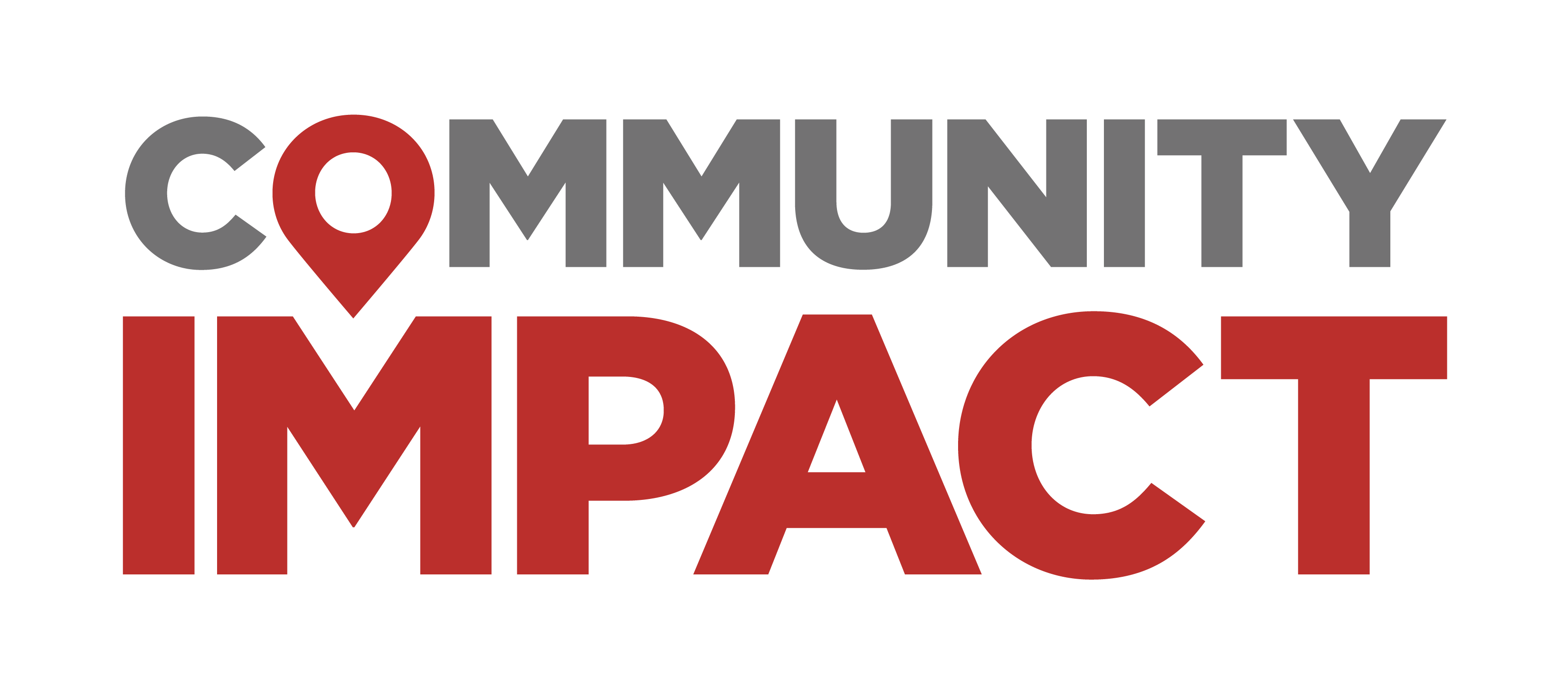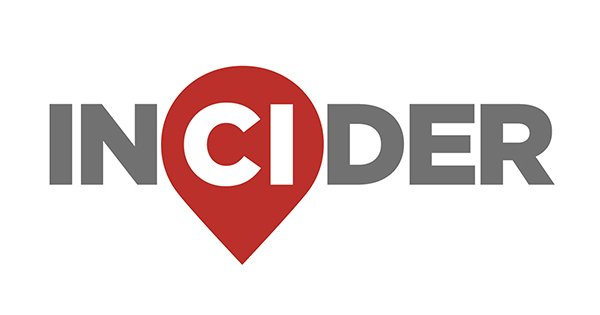Over 1,000 acres of parkland already span the Northwest Austin area with picnic areas, ball fields and courts, playscapes, and more, while regional projects such as the Northern Walnut Creek Trail aim to connect North Austin with East Austin with nearly 20 miles of hiking and biking trails.
The parks and recreation department, or PARD, has mainly been working out of Proposition C’s $149 million from the 2018 bond for the past several years, said Lindsey Machamer, PARD’s park development division manager.
Now that money is running out, and PARD officials are hoping to leverage some funds in a potential 2026 bond that is set to address climate-related goals, infrastructure and other public improvements.
“We select and advance projects with a focus on increasing access to parkland and reinvesting in some aging infrastructure,” Machamer said. “That need certainly exists in North and Northwest Austin, and is something we’re committed to moving forward with in that area.”
In a nutshell
PARD completed a handful of projects in Northwest Austin just last year, such as basketball court improvements at Balcones District Park; increasing trail accessibility at Bull Creek District Park; installing a new playground at Highland Neighborhood Park; and installing fitness equipment at TA Brown Neighborhood Park.
One of the newest projects is Brownie Neighborhood Park, slated to open in 2025. The project was conceptualized in 2018 and will include a new playground, picnic pavilion, basketball court, loop walking trail and more.
Another new project, Jamestown Neighborhood Park, has already been identified as one of PARD’s top priorities for its parkland improvement program ahead of potential 2026 bond funding.
Machamer said PARD is “putting a lot of thought” into what comes next for park development across the city.
“The priorities continue to be equitable development, increasing access to park amenities, reinvesting in aging infrastructure like pools and playground replacements, and also a focus on our maintenance facilities,” Machamer said.
Project funding
Machamer said PARD relies mostly on bond funding to complete projects but also utilizes parkland dedication fees, where developers choose to pay the city instead of allocating parkland in their plans, as a funding source.
However, House Bill 1526—signed into law in 2023—capped parkland dedication at 10% of the site area citywide, down from a 15% cap in the urban core and no cap in suburban areas. Additionally, payment of parkland dedication fees shifted, which could result in a yearslong delay in fee collection.
Other entities work to support PARD, such as Austin Parks Foundation, which has invested over $80 million into Austin’s parks through private fundraising. APF has helped fund over $400,000 for projects in Northwest Austin, said Katie Kennedy, APF’s director of marketing and communications.
Since 2020 in Northwest Austin, there have been:
- 22 park projects completed
- $7.2 million invested into parks
- 1,060 acres of land covered
Much of PARD’s parkland acquisition and new park development projects are strategically chosen and advanced to decrease the walk residents have to parks, Machamer said.
A half-mile walk is about 10 minutes and considered to be the standard for parks when yielding a quality-of-life impact, city of Austin data states.
District 7 council member Mike Siegel said farther North Austin corners such as Tech Ridge have a “real need” for amenities such as parks and pools.
“These areas that have been more recently incorporated [into Austin] don’t have the same access to the city services,” Siegel said.
Offering input
Data from ParkServe—which tracks and maps park access across the United States—indicates 671,072 Austin residents are served by parks. Of that, only 449,618 seniors over 64 and 456,328 medium-income residents had access, the lowest out of the groups.
Investing in parks and trails can address climate issues, promote health and youth recreation, and tie the community together, Siegel said.
“If you have access to the basic needs of life within 15 minutes, that’s going to be a much better quality of life,” Siegel said. “The more we can get around without our cars, the more likely we’re going to stop into a store or a restaurant in the neighborhood instead of driving somewhere further.”
Looking ahead
PARD is nearing the end of its 2018 bond funding, Machamer said, and is collaborating with city officials to plan for a potential November 2026 bond.
“I do know there’s a lot of competing priorities across the city, so that’s just a challenge in terms of prioritizing work,” Machamer said.
In the meantime, Alter, formerly representing District 10, said the next two years could be “really challenging” with making further park and trail investments as HB 1526 comes into play and PARD awaits the new bond.
- January 2025: community engagement plan, working groups established
- February-June 2025: bond task force gathers data, presents initial report to council
- July 2025: project scoping, cost estimating begins
- August-September 2025: community input events held
- October-November 2025: community feedback integrated into project rankings
- January-April 2026: working groups present recommendations
- May-June 2026: bond task force final report presented, reviewed by council
- July-August 2026: council calls for a bond election
- November 2026: bond goes before voters





